CENTER STAGE
★ ★ ★ ★
John Minczeski
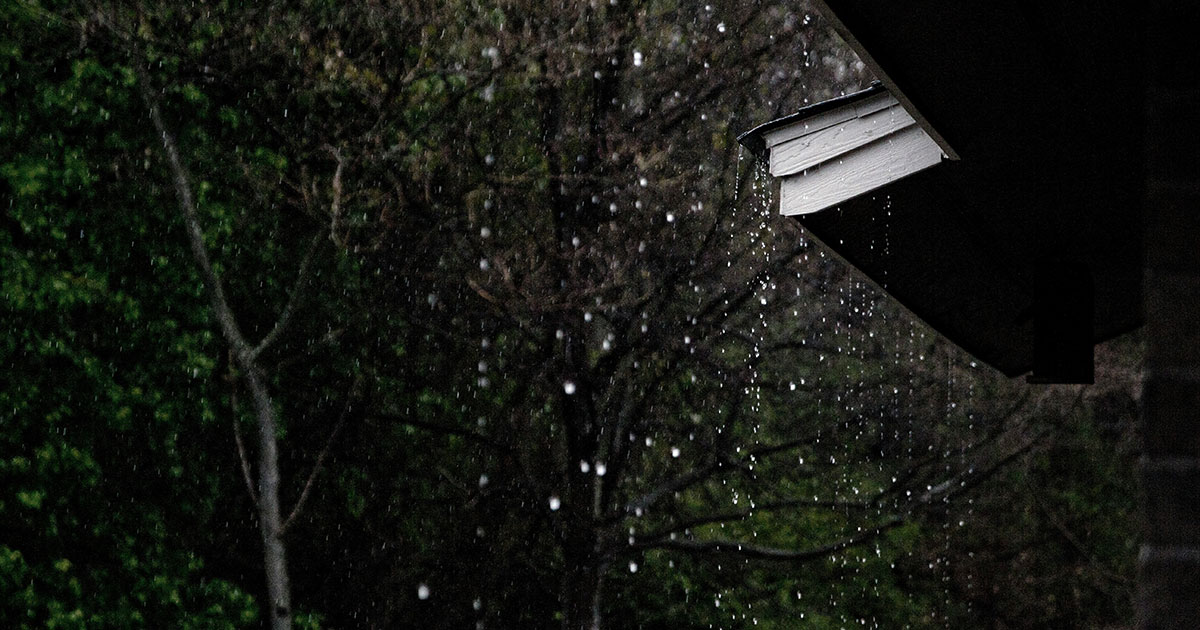
Image by Anna Atkins
The Languorous Flipside of Fire
It is morning, and you’re across the room
in the glider-rocker you love, black coffee
and an iPad full of news. You tell me
scientists have discovered the blackest thing
known: a fish that soaks up light like a
black hole without the star-swallowing bit.
We might call it true-blue black without irony,
without the luggage of our invented black,
a mix of reds and greens stirred into
a concentrated soup, the black of gas masks
and body armor in Portland to tame the protests,
nothing essential like gunk dredged up
from a pond, or this fish. It starts raining, hard.
And what is rain but the languorous flipside
of fire. Puddles splash according to the laws
of physics, streets turn into rapids
rushing straight to the storm sewer.
You pour a second cup. A beautiful color,
black, my artist friend said in Truchas.
The undersides of leaves as the sun slides
to a lower angle in August, dark side
of the moon, black gesso, the extra-dimensional
ardor of dark matter. How it burns.
Originally appeared in Kestrel, reprinted in Verse Daily
Planting Clematis in the Fifth Month of Lockdown
The shovel, striking a root, thunked
all the way to my moist heart.
An acolyte, I knelt to bury the plant to its neck.
Blame me for trusting coincidence
more than fate. Hold me responsible
for rose thorns. The sloping yard hoards
the memory of glaciers. Have I searched within
for the gravitational field that holds me here?
Weeds take over the bed next to tomatoes
that will forget their names come August.
If there’s a faint, high pitched whistle
like a bird stuck in the night,
it is my own breath speaking.
Originally appeared in One Art. Subsequently plagiarized and published under a different title in a number of journals, including The Wild Word. Using a still different title, and a different alias, the plagiarist has been submitting it to other journals.
On the Anniversary of Your Death, I Make Pesto
The leaves crowded each other like ring tones
drooping in a whole universe of green
on this time-release planet. Garlic, harvested
from the side garden, shared the sun with Jersey
Boys and a yellow snapdragon. About the black
hole resting at the heart of our constellation’s
success story, and implosions happening every day?
We can’t always tell our hearts where to go.
After the perfection of that July, the trees
lined your way out of here like a parade route.
I bent to basil from planters on the deck.
Originally appeared in Rhino
Demonstration at Piazza Colonna
It was Prague spring
all over the world, and it
was dangerous to be
there, a student told me
before the police charged,
batons flailing, arrests.
They could have detained
anyone for being anywhere
near Piazza Colonna.
They’re all fascists,
Stefania said.
There being no statute
of limitations on desire,
the backs of our hands
brushed, an imperative
the future could not
put on hold. So we walked,
following vicoli to a room
in Elisabetta’s flat,
past the bakery behind
an unmarked door, its aroma
drenching the neighborhood
every dark morning.
Originally appeared in Slipstream
Q&A with poet John Minczeski
1.Describe your “writer-self” in three words.
Persistent. Self-doubting. Random.
2. What is the most challenging aspect about writing for you?
Sitting down (though I often write standing up) and getting the poem on page or screen. First drafts, though satisfying and frequently impulsive, are rare, if ever final drafts. I used to number my drafts so I could go back to them to see if I squeezed too much juice out, but the computer has made me lazy and I’m often over-typing. Back in the day, it was me and my Smith-Corona, paper drafts filling manilla folders. My laptop has made my file cabinets all but obsolete.
3. Where, when and how are you inspired to write?
I usually compose my drafts at night, on a ledge dividing the dining room from kitchen. A small group of poets and I have made a commitment to write every day and send our poems to each other. Waiting for inspiration feels like a staring contest with the muse. One of my inspirations is William Stafford who also wrote a poem, and sometimes more every day. When he knew the poem was going to be a clunker, he said he just lowered his expectations and wrote.
When I feel at a loss of what to write, I remind myself to look around the room and find an object. Starting from that, the poem usually goes off in another direction. Sometimes a line comes to me out of the blue, a kind of gift. Several times I thought it a nothing line until I wrote it and more lines followed.
4. What are you reading right now?
Death and the Penguin, a novel by Andrey Kurkov. It’s about a failed short-story writer who is hired to write colorful obituaries, which he calls obelisks, for people who are still alive. When the zoo sold excess animals, he bought a penguin named Misha, who shares his apartment. A friend drops his daughter off and asks if he’ll watch her for a few days. I can’t say much more, since I’m still in the first third. I just finished “Come the Slumberless to the Land of Nod” by Traci Brimhall. It includes poems about her marriage and divorce and her unborn child. Her images leap, at times breathtakingly, from one to the next, adding new layers to the poem and moving it along. The opening lines of “Sphinx” reads:
The last night you slept in our house I saw a sphinx
moth ruining herself on the moon’s reflection.
Darling metaphor at my feet. Damn fool.
Bersides Brimhall, other contemporary poets I admire include Danniali Antigua in “Ugly Music.” In one poem, she uses “I said no to” as an anaphora to various things in her life. A sparrow landing at her bird feeder expands into grandmothers, and “the static/ glow in the corners of the TV.” My inspirations include Megan Perillo’s “One God at a Time,” Mary Biddinger’s “Partial Genius” along with her other collections; Robert Thomas’ “Sonnets with Two Torches and One Cliff,” which includes many stunningly fine poems, along with “Negligee and Hatchet: A Sonnet Crown,” which anchors the collection. Please look up these poets online and order their books.
5. Best piece of writing advice you’ve received?
I was in a mentor class with Derek Walcott some thirty years ago. When I showed him a poem, his response was “Too much cream in the coffee, John.” It’s tempting to expand an image by explaining it too much. With luck, I catch those in revision.
6. If you could tell your younger self anything, what would it be?
Larry Levis, in poem, says he’d like to go to himself at 20 and slip him a five. Not a bad impulse at all. At least it could buy a sandwich in those days. I’d say you’re doing what you love, kid, throw yourself into it. It will save somebody’s life someday.
7. Which poet or character would I invite to dinner?
So many come to mind, but right off the bat, I’d be thrilled to host any or all of the poets I mentioned above. I can insert an extra leaf in the dining table so that Diane Seuss could join us. They are all brilliant writers, and I would expect the conversation to be lively and serious and funny. The one scribbling hastily would be me, taking notes.
8. What one experience in your life had the biggest influence on your work?
There are many events, like Huntly Brinkley reading the first section of Prufrock on the day Eliot died. While I’d read Frost and other poets for English classes, Prufrock burned and for the first time felt that poetry something I needed to do.
But the most significant experience was going to Italy in what would have been my junior year abroad in order to teach myself how to write and to protest the draft. I became friends with Topazia Alliata, an art dealer who specialized in contemporary art and seemed to know everyone important in Rome. She was also a pacifist, and during WWII spent several years in a Japanese concentration camp when she refused to sign a loyalty pledge to the fascist government in Italy. A sequence of poems in my book “Circle Routes” centers on stories she told me.
I’d given myself permission to experiment wildly during this time, and while none of the pieces were ever published, the whole experience set me on this track.

John Minczeski, author of A Letter to Serafin and four other collections, has published in a variety of magazines and journals, including Harvard Review, Tampa Review, The New Yorker, and Cider Press Review, among others. He has taught in poets in the schools, in colleges around the Twin Cities and in assorted community programs. An NEA fellow, Minczeski has also been awarded a Bush Foundation Artists Fellowship, The Akron Poetry Prize, a Loft/McKnight grant, Minnesota State Arts Board fellowship, etc. He lives in St. Paul.

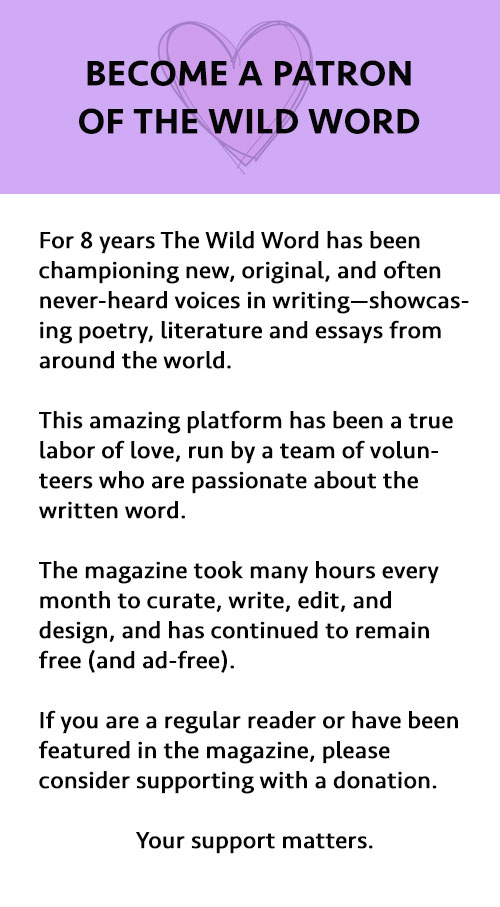



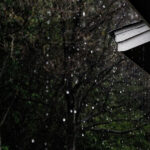

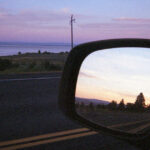
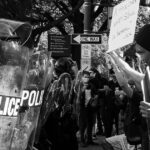
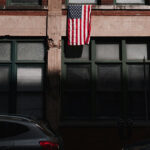
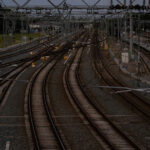



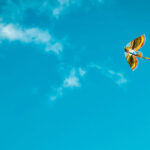

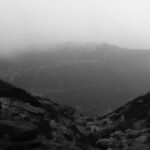

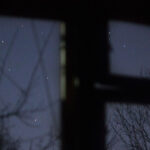
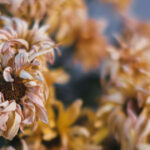
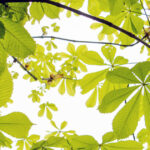
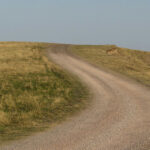


zok5xl
dwsiob
wg0n3s
n0a9f7
cmq8kn
k8ry7k
vfaxjz